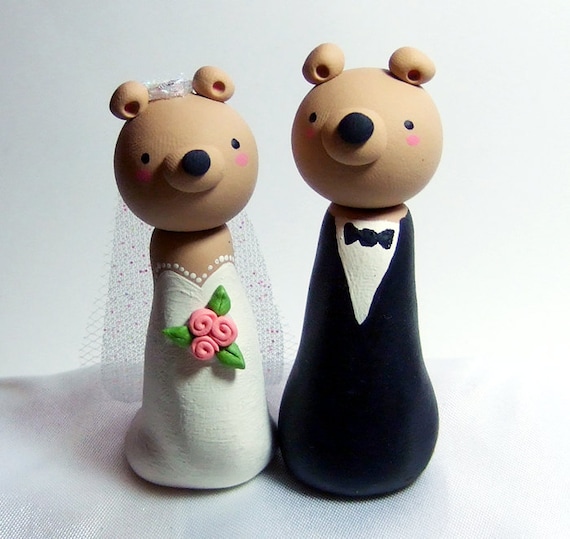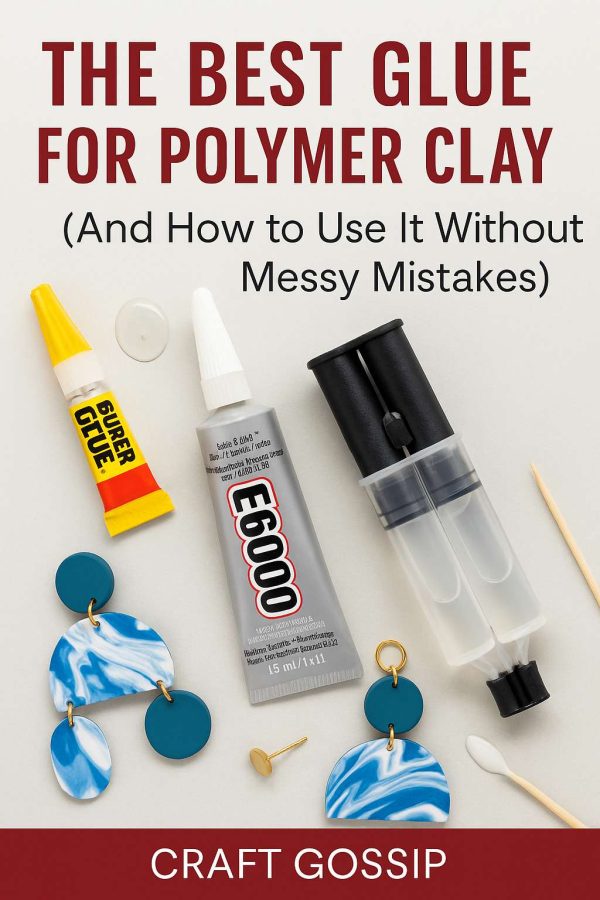
The Happy Acorn is actually husband and wife couple Lisa and Steve Nowakowski. They make cute or kawaii style figures and cake toppers from polymer clay and ship from their South Carolina studio.
Photo from The Happy Acorn on Etsy.
Fimo and clay tips and tutorials

The Happy Acorn is actually husband and wife couple Lisa and Steve Nowakowski. They make cute or kawaii style figures and cake toppers from polymer clay and ship from their South Carolina studio.
Photo from The Happy Acorn on Etsy.

If you’ve ever spent hours sculpting the perfect polymer clay earrings only to have the posts pop off, you’ll know the heartbreak of choosing the wrong glue. Polymer clay doesn’t play nicely with every adhesive, and what works for paper or wood can end up brittle, tacky, or just plain useless on clay.
After twenty years of crafting with polymer clay—jewelry, buttons, magnets, and more—I’ve tested my fair share of glues. Below is a no-fuss guide to the best glues for polymer clay, when to use them, and a few tricks that will save you from sticky disasters.
Here’s the secret: clay itself bonds better to clay than any glue can. So, if you can bake pieces together, that’s always the strongest option. But for jewelry findings, mixed-media projects, or attaching polymer clay to metal, glass, or ceramics—yes, glue becomes your best friend.
If you’re attaching metal jewelry findings, go for two-part epoxy or E6000. For clay-to-clay details, stick with liquid polymer clay and rebake. Super glue? Only for quick fixes when I’m too impatient (we’ve all been there).
Choosing the right glue for polymer clay isn’t just about brand—it’s about matching the adhesive to the project. Once you understand when to use each type, your clay creations will hold up beautifully for years.